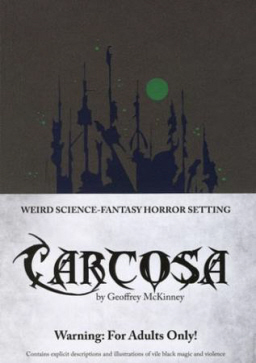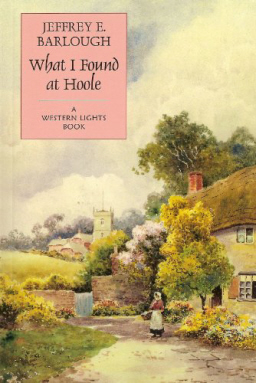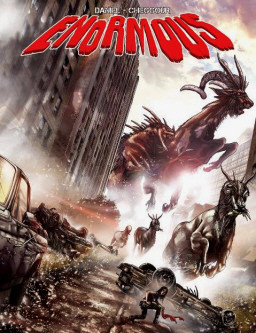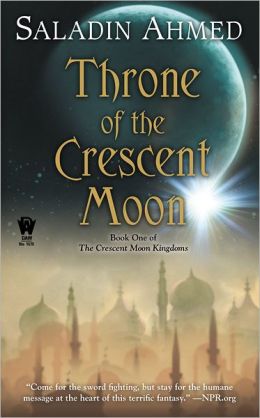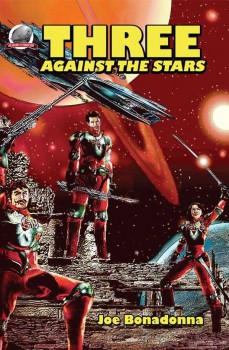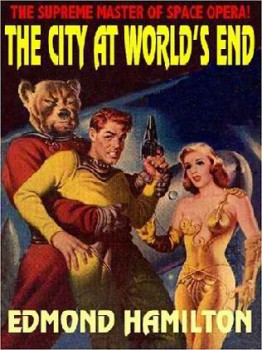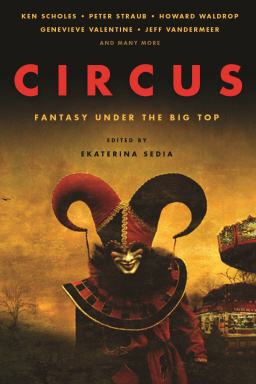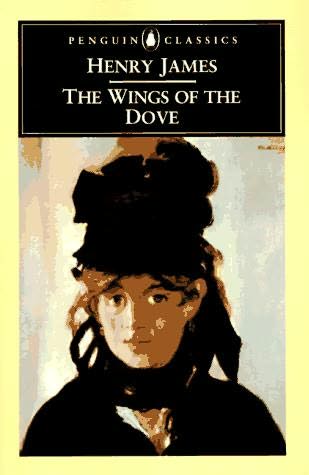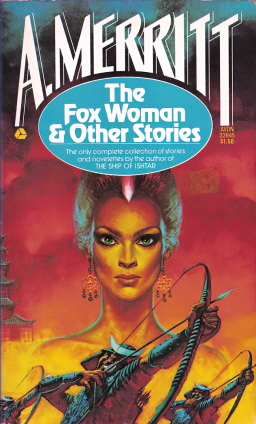Black Gate Online Fiction: “The Terror in the Vale” by E.E. Knight
 The Blue Pilgrim, last seen in the Lords of Swords tale “That of the Pit” — which Todd McAulty said “could stand alongside the work of the masters like Robert E. Howard, Fritz Leiber, or Karl Edward Wagner” in his review in Black Gate 8 — returns in a dark tale of ancient empires, brave villagers, and sorcery most dire.
The Blue Pilgrim, last seen in the Lords of Swords tale “That of the Pit” — which Todd McAulty said “could stand alongside the work of the masters like Robert E. Howard, Fritz Leiber, or Karl Edward Wagner” in his review in Black Gate 8 — returns in a dark tale of ancient empires, brave villagers, and sorcery most dire.
“Discern!” the village father said, approaching at a heavy, puffing run. “The Vale is accursed! The great mill-house in Lambhop Dell has been visited now! Not a soul survives.”
“Get me a horse or a pony.”
From any of the hills surrounding Lambhop Dell the mill-house looked like no great structure. Only once you went down into the Dell did you appreciate the three levels and massive stones and timbers that went into its construction. Judging from damage to door and windows, an elephant and a hauling chain and hook had been at work here.
Rumor had proved wrong in one respect, however. A boy still lived, the grandson of the miller. He’d been found hiding among the gears of the water-wheel.
“Scarecrow-man!” the boy said. “The scarecrow-man came in the fog.” After that they could get nothing from him but tears.
E.E. Knight is the author of the Vampire Earth series, which began with Way of the Wolf, and the six-volume Age of Fire books. He is a frequent blogger for Black Gate.
You can see the complete catalog of Black Gate Online Fiction, including stories by John R. Fultz, Mark Rigney, C.S.E. Cooney, Donald S. Crankshaw, Aaron Bradford Starr, Sean McLachlan, Judith Berman, Howard Andrew Jones, Harry Connolly, and Jason E. Thummel, here.
“The Terror in the Vale” is a complete 9,400-word novelette of heroic fantasy offered at no cost.
